 |
The Boundary Commission Trail crossed the Pembina River in a broad valley south of present day Manitou. Crossings were often likely spots to establish a Stopping Place and other services. As always, good crossings on the Boundary Trail were not necessarily chosen by the railway.
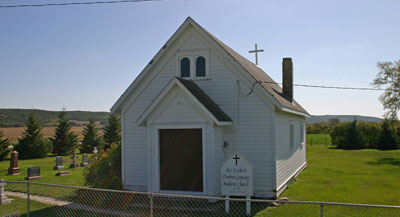
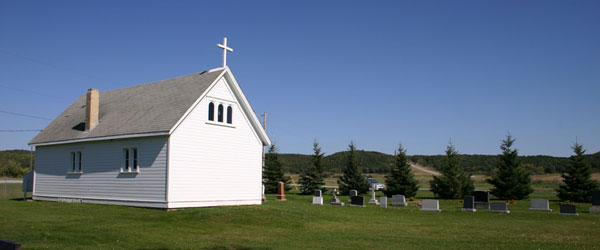
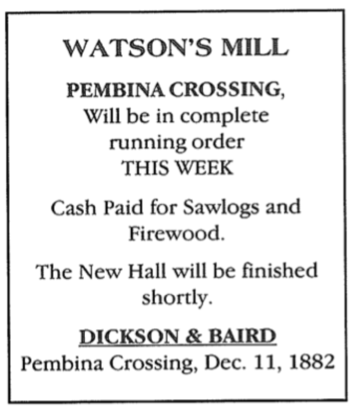
“Pembina Crossing 1882. (From the Manitoba Mountaineer, Nelsonville, Manitoba)
This city is known as the Pembina Crossing and this is written at the Pioneer's Rest, and William P. Hutchinson, proprietor - a first class host who boasts a billiard table, a sample room, a new organ and organist, with lots of good singing every night, a splendid bill of fare, and all for $4.00 per week. Ten regular boarders, besides his own family and hired help. Is furnishing wood for grist mill that is running here. It is grinding for fifteen cents per bushel. Take that, ye extortionists. The town boasts a general store, post office, a blacksmith shop, two hotels.
William and his sister, Jeannette, established a Stopping Place and a butcher shop at Pembina Crossing in the early 1880's for the benefit of the homesteaders who were using that route to enter Canada from the United States.
Some other press clipping from the era provide additional details…
June 2, 1881. The Queen's birthday (May 24) was royally celebrated here by a large assembly in the following manner: foot races, horse race, pony race, a lively game of baseball was much enjoyed by the boys. We were also glad to see a grand turnout of the much- needed sex in Manitoba. (Emerson International.)
"Mr. H. H. Black, a dentist by profession, arrived in the Pembina Crossing district from Emerson by team, in June 1880. He had married in Halifax, NS, and afterwards traveled through the United States as far as Colorado. His father (George C.) and his elder brother (George) lived in Winnipeg. H. H. Black did not wish to be a dentist and he loved "the outdoors." Therefore he took up a homestead (SEI/4 24-2-9W), but due to an injured foot, Mr. Black was unable to carry on with farming.
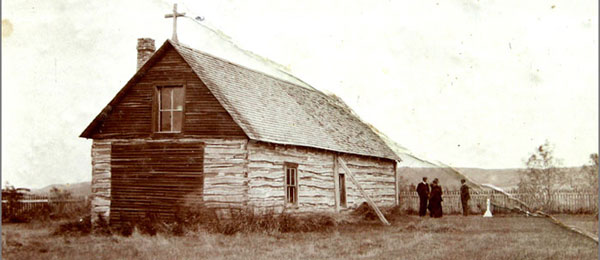
Old St. Luke’s Pembina Crossing Anglican Church (Archives of Manitoba)
Originally a general store, post office, and saloon, built in May 1880, this log building was in use until 1920 when it was replaced by a new building, which opened on 26 September 1920. The following year, by an unfortunate accident, it burned down although most of the furniture and fittings were saved. In 1922, it was replaced by the present structure, a municipally-designated historic site as of 2011.
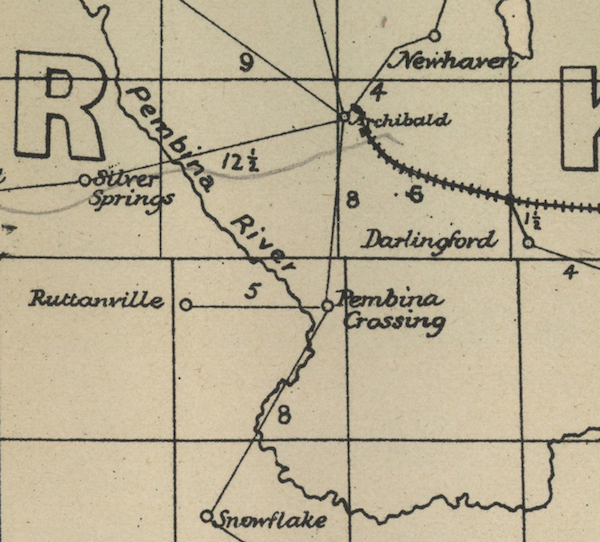
For more info visit the Pembina Manitou Archive
https://pembinamanitouarchive.ca/
